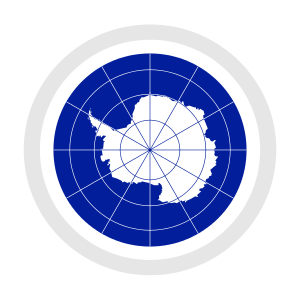|
Lake CECs
Lake CECs is a subglacial lake in Antarctica at approximately latitude 80°S. It has an estimated area of 18 km2. The territory where the lake is located, some 160 km from Union Glacier, is claimed only by Chile. The lake is located in a buffer zone of three major West Antarctic glaciers. The movement of the ice is almost nonexistent and the area is in a situation of low disturbance. This allows the body of water to be extremely stable, with minimal mass exchanges with its environment.[1] This favors the hypothesis that the lake could support endemic life, which would have developed in extreme isolation.[2] Lake CECs was discovered by the Chilean research center Centro de Estudios Científicos (CECs). The first signs of the lake were detected during Antarctic summer in January 2014, when a mobile research station team journeyed through the central plateau of West Antarctica. Measurements showed unusual subglacial radar returns, indicating the presence of a waterbody at some 2.6 km depth under the ice. An initial mapping with an ice-penetrating radar confirmed the finding. The research team returned in summer of 2015 and the mapping was completed. The findings were published in a Geophysical Research Letters report by four members of the CECs Glaciology Laboratory.[2] References
Further reading |
||||||||||||||||||||



